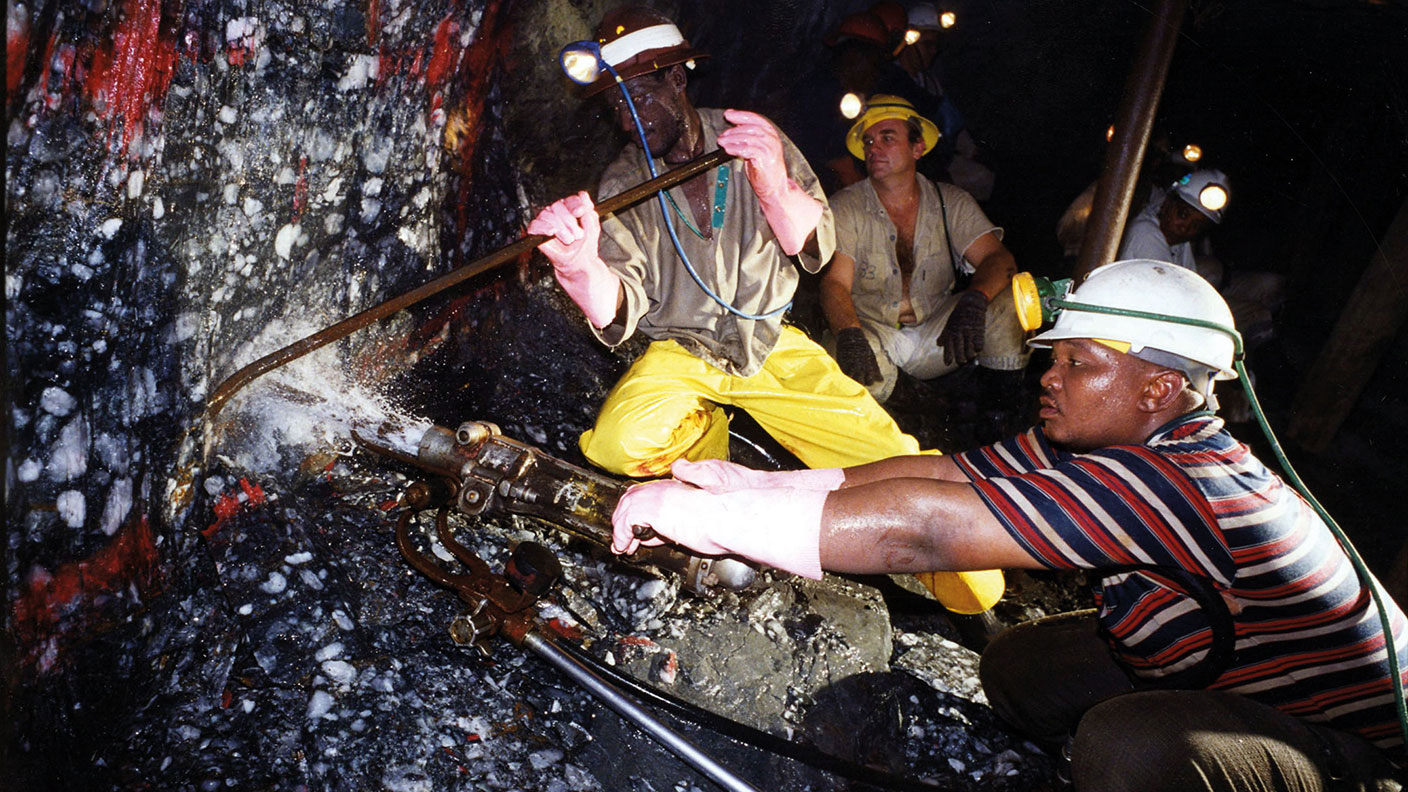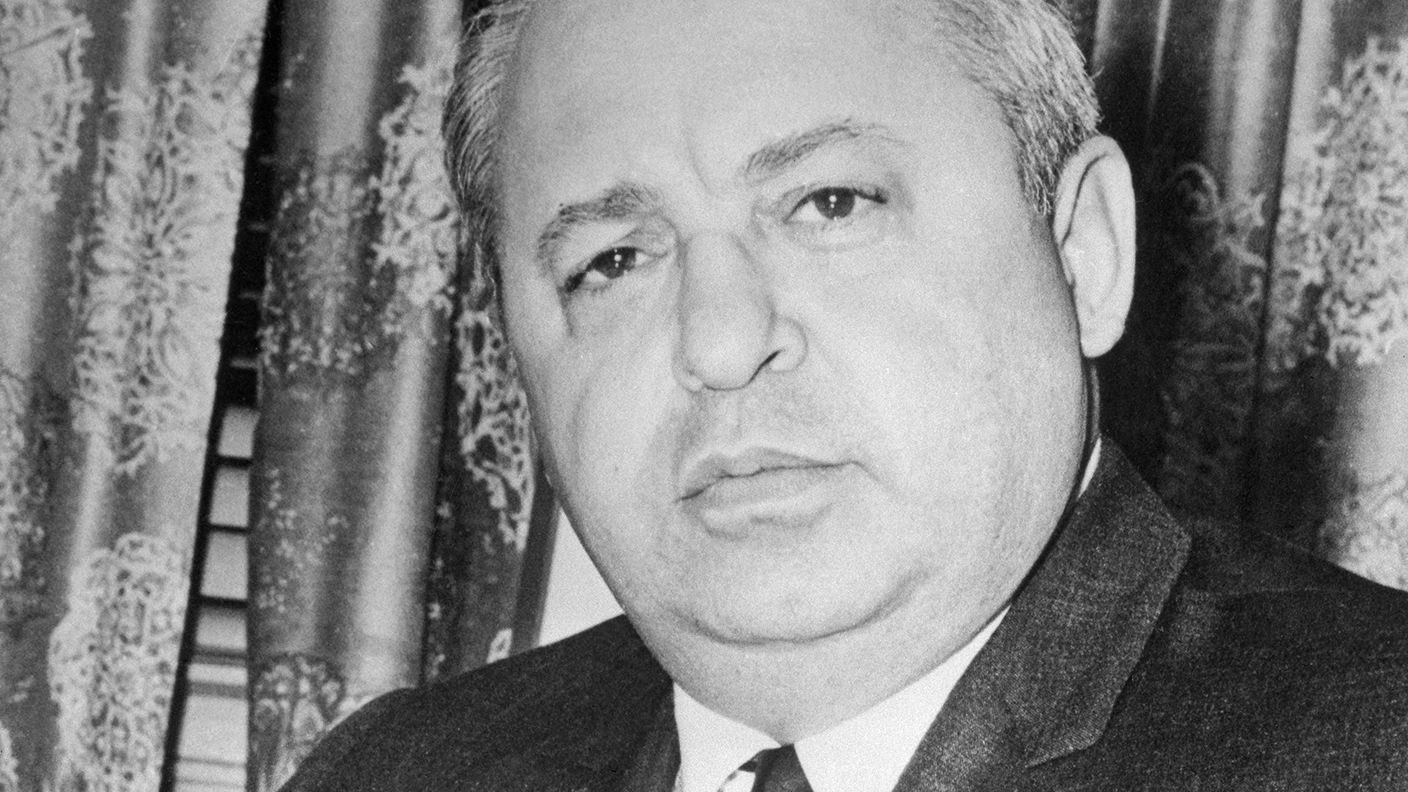Great frauds in history: Jerry Dominelli’s Ponzi scheme
J. David “Jerry” Dominelli's classic Ponzi fraud cheated investors out of $80m in the 1980s.


J. David "Jerry" Dominelli was born in Chicago in 1941, graduated from the University of San Diego, and went on to became a stockbroker. In 1979 he set up J. David & Company, an investment company that claimed it could make returns of around 40%-50% a year on the interbank and foreign-currency markets. While many people were sceptical, its apparent initial success led to a flood of investors and Dominelli broadened the fund's activities into other ventures, such as real estate. By 1983 the fund had received more than $200m ($504m in today's money) from 1,500 investors.
What was the scam?
Despite the illusion of investment success, the returns were almost completely made up as J. David & Company engaged in only $11m ($27.7m) worth of trading. Instead, it operated as a classic Ponzi scheme, with the money from new investors going to pay returns to those who had previously bought into the scheme. Meanwhile, Dominelli would use the 20% of the fictitious returns that he charged as his fee, as well as large sums from the fund, to maintain a lavish lifestyle. He bought multiple homes, several private jets and spent millions of dollars on classic cars.
What happened next?
By December 1983 the scheme began to unravel as the company began to run short of money. When some investors tried to withdraw their money, they found that the cheques that they received bounced because of a lack of funds, leading to a massive panic as other investors tried to get their investments back. Despite attempts to reassure investors by falsely claiming that the company was solvent, J. David & Company was forced to declare bankruptcy, and Dominelli was arrested, eventually spending more than a decade in prison after confessing to defrauding investors.
MoneyWeek
Subscribe to MoneyWeek today and get your first six magazine issues absolutely FREE

Sign up to Money Morning
Don't miss the latest investment and personal finances news, market analysis, plus money-saving tips with our free twice-daily newsletter
Don't miss the latest investment and personal finances news, market analysis, plus money-saving tips with our free twice-daily newsletter
Lessons for investors
Only $120m ($303m) out of the $200m invested was returned to investors, with the balance spent on expenses or blown by Dominelli and his partner. Many investors ended up losing even more because they borrowed money or made spending decisions based on the false account statements provided by Dominelli. Given that stocks can go down as well as up, and funds can lose money, it's never a good idea to get carried away by investment success that might only prove temporary.
Get the latest financial news, insights and expert analysis from our award-winning MoneyWeek team, to help you understand what really matters when it comes to your finances.

-
 ‘Why I have ditched my Help to Buy ISA for cash savings and the stock market’
‘Why I have ditched my Help to Buy ISA for cash savings and the stock market’Without the 25% bonus, my Help to Buy ISA is effectively redundant, says MoneyWeek writer Sam Walker.
-
 Is your inheritance tax allowance cut if you sell to downsize or sell your home to pay for care?
Is your inheritance tax allowance cut if you sell to downsize or sell your home to pay for care?Downsizing relief is a little-known benefit that could save your loved ones tens of thousands of pounds in inheritance tax after you’ve died.
-
Christopher Columbus Wilson: the spiv who cashed in on new-fangled radios
Profiles Christopher Columbus Wilson gave radios away to drum up business in his United Wireless Telegraph Company. The company went bankrupt and Wilson was convicted of fraud.
-
 Great frauds in history: Philip Arnold’s big diamond hoax
Great frauds in history: Philip Arnold’s big diamond hoaxProfiles Philip Arnold and his cousin John Slack lured investors into their mining company by claiming to have discovered large deposit of diamonds. There were no diamonds.
-
Great frauds in history: John MacGregor’s dodgy loans
Profiles When the Royal British Bank fell on hard times, founder John MacGregor started falsifying the accounts and paying dividends out of capital. The bank finally collapsed with liabilities of £539,131
-
Great frauds in history: the Independent West Middlesex Fire and Life Assurance Company's early Ponzi scheme
Profiles The Independent West Middlesex Fire and Life Assurance Company (IWM) offered annuities and life insurance policies at rates that proved too good to be true – thousands of policyholders who had handed over large sums were left with nothing.
-
 Great frauds in history: Alan Bond’s debt-fuelled empire
Great frauds in history: Alan Bond’s debt-fuelled empireProfiles Alan Bond built an empire that encompassed brewing, mining, television on unsustainable amounts of debt, which led to his downfall and imprisonment.
-
 Great frauds in history: Martin Grass’s debt binge
Great frauds in history: Martin Grass’s debt bingeProfiles AS CEO of pharmacy chain Rite Aid. Martin Grass borrowed heavily to fund a string of acquisitions, then cooked the books to manage the debt, inflating profits by $1.6bn.
-
 Great frauds in history: Tino De Angelis’ salad-oil scam
Great frauds in history: Tino De Angelis’ salad-oil scamProfiles Anthony “Tino” De Angelis decided to corner the market in soybean oil and borrowed large amounts of money secured against the salad oil in his company’s storage tanks. Salad oil that turned out to be water.
-
 Great frauds in history: Gerard Lee Bevan’s dangerous debts
Great frauds in history: Gerard Lee Bevan’s dangerous debtsProfiles Gerard Lee Bevan bankrupted a stockbroker and an insurer, wiping out shareholders and partners alike.